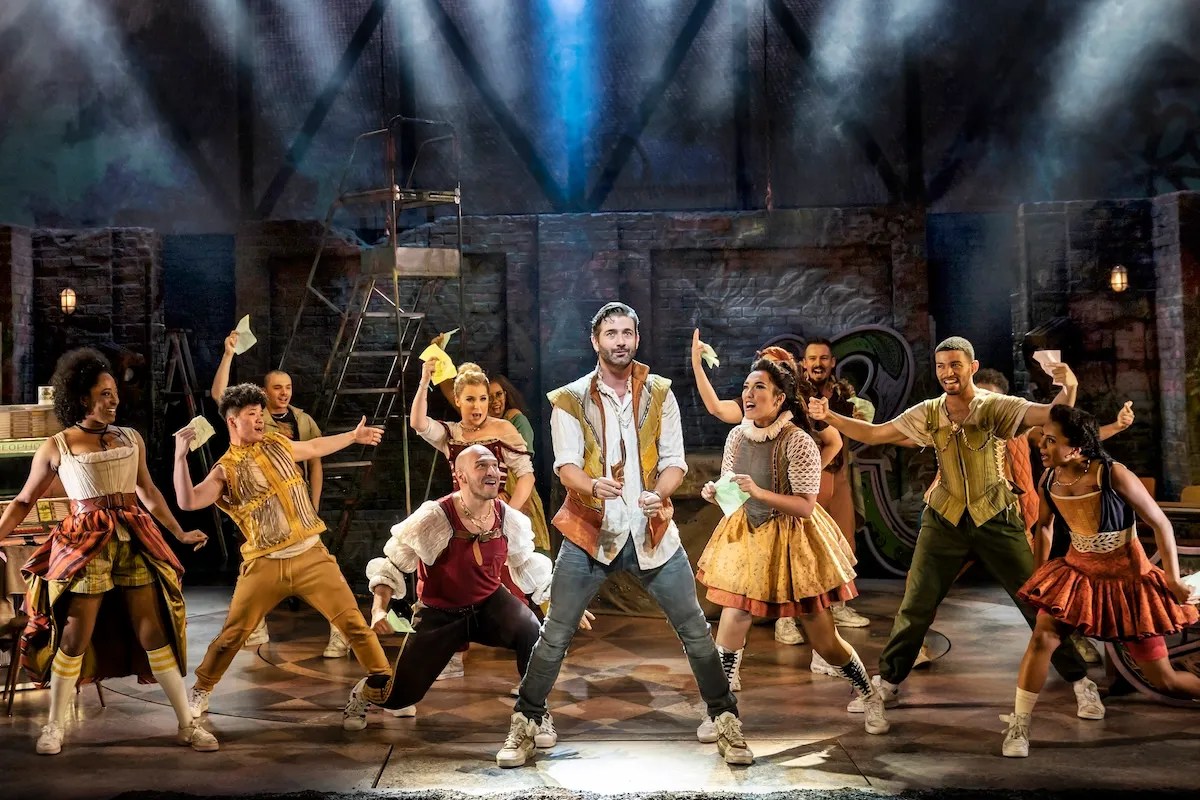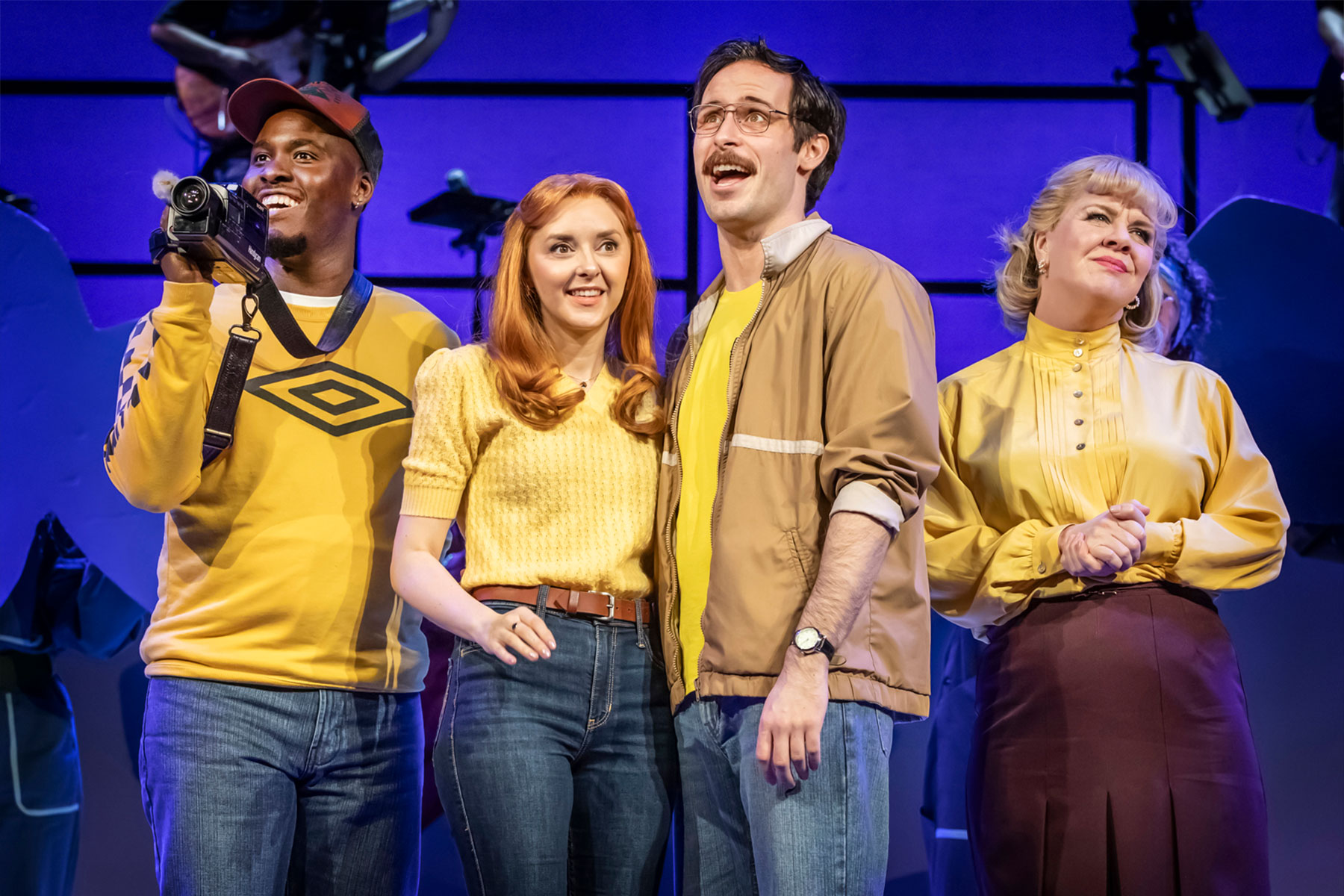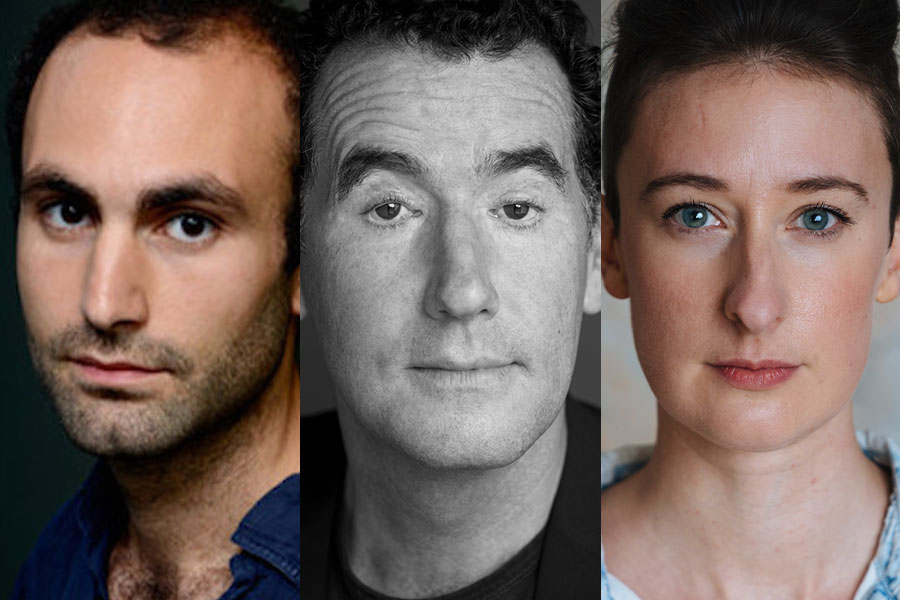Murdered to Death (tour – Stevenage)
Making fun of murder has quite a substantial theatrical pedigree. Peter Gordon’s Murdered to Death – the temptation is to pronounce the first word of the title with three syllables in full dramatic mode – spoofs all those elements common to the English whodunit tradition.
Shots are fired. Characters are killed off. Mysteries unravel faster than Miss Maple’s knitting. Motives flit from person to person. And, of course, the inspector gets the right man in the end. Or does he? Giles Watling’s direction takes its time with the initial scene-setting as Mildred (Érin Geraghty) and Dorothy (Chlöe Newsome) await their weekend guests.
Victor Spinetti as the butler Bunting staggers acoss the stage to good effect, somehow failing to announce Colonel and Mrs Craddock (Roland Oliver and Sandra Dickinson) in quite the correct fashion. Darren Machin has great fun as the French art dealer Pierre Marceau with a nice line in forgeries and Michelle Hardwick displays a good line in throwaway insults as Elizabeth of the present double-barrelled surname and a somewhat different past.
If Elizabeth Williams is a little too self-effacing as Miss Maple, you can’t say the same of Norman Pace as Inspector Pratt. If there’s a carpet to trip over, a porcelain figurine to break, a telephone lead in which to get entangled or a stick with a wrong end to grab – Pratt’s your man for the task. It’s a deliciously bravura performance of a part with enough malapropisms to make Sheridan’s ghost envious. When Pace comes on stage, the whole fluffy piece of nonsense comes to theatrical life.
Hapless Constable Thompkins, in more danger from his superior than from any criminal, gives Chris Elderwood a helmet-full of opportunities – which he takes. If the first scene is too slow, with characters talking at rather than to each other, the pace certainly picks up with Pratt. I did worry a little about the paucity of furniture; surely this matriarch could have found more comfortable furniture on which to seat her guests than two Chippendale chairs. And Alan Miller Bunford’s set design needs a repaint of the portraits on which some of the plot hangs.










